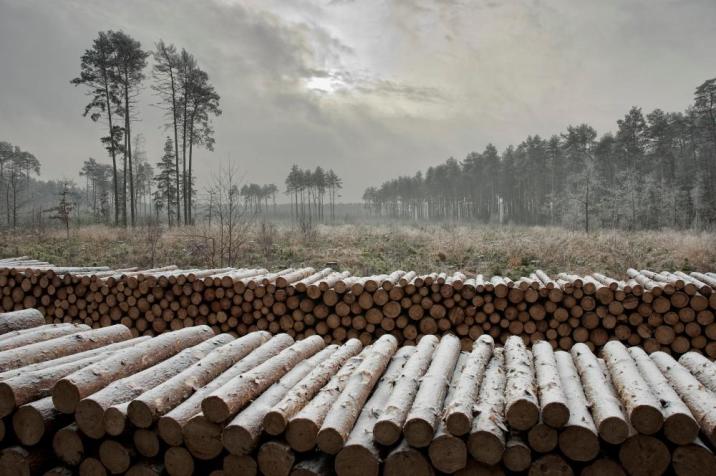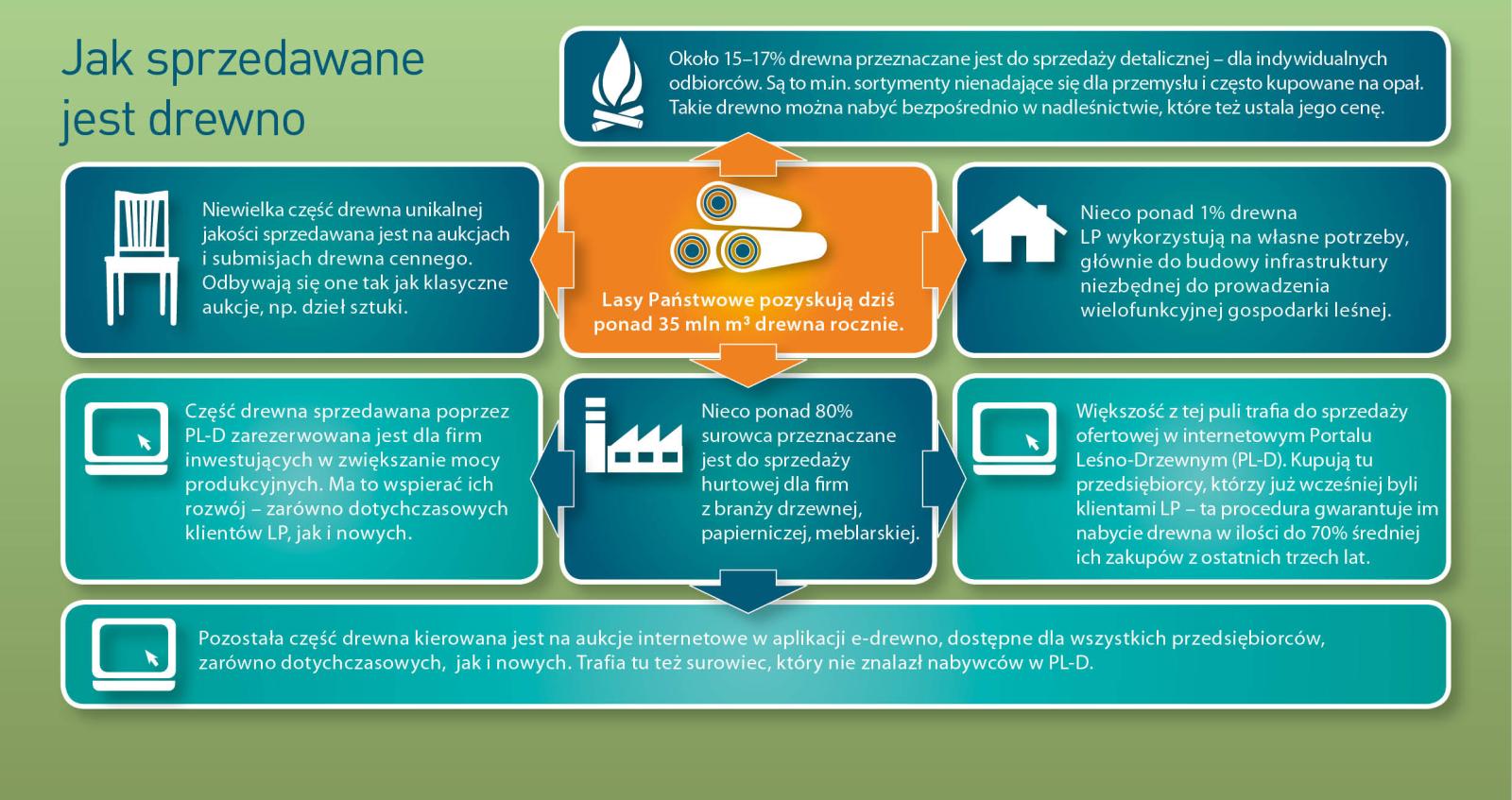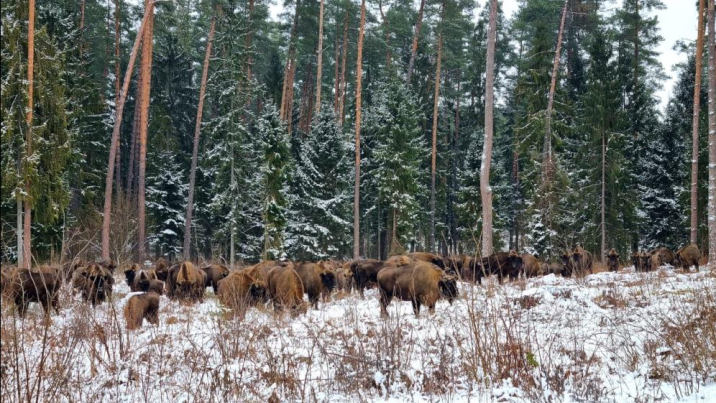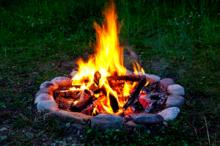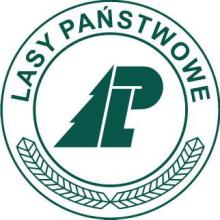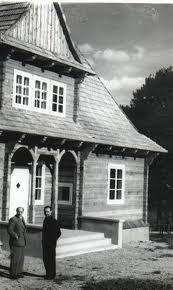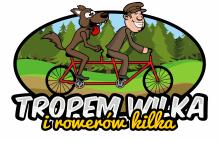 Asset Publisher
Asset Publisher
Sale conditions
Sale conditions of wood are specified by the regulation of Director – General of the Sate Forests.
Within the framework of the individual sale , the foresters try to meet the fast growing demand, because more and more people use wood in order to heat their houses. Contrary to general opinion, these are not only village people, even though they prevail among recipients. The growth of firewood demand is the result of occurrence of new housing estates built in the suburbs of large agglomerations, where houses are usually equipped in fireplace heating installations.
Firewood is not only the most ecological heat source, but also is much more attractive in respect of relation of price and electric efficiency, rather than cola, oil, gas or electric power.
In recent years, the Sate Forests increased the sale of firewood of one third – up to over 4 million cubic meters annually. Firewood is not only the most ecological heat source, but also is much more attractive in respect of relation of price and electric efficiency, rather than cola, oil, gas or electric power. Some of customers choose already prepared and cut into pieces wood, the others very willingly obtain it by themselves after arranging all details and fulfilling particular safety conditions, and after paying the fee; that concerns mainly so called "thinnings". Such a raw material is very cheap, that is why many people from village areas profit from such possibility.
 Asset Publisher
Asset Publisher
Zarządzanie migracją żubra we wschodniej Polsce
Zarządzanie migracją żubra we wschodniej Polsce
Miło nam poinformować, że projekt „Zarządzanie migracją żubra we wschodniej Polsce” otrzymał finansowanie z Fundusze Europejskie dla Polski Wschodniej 2021-2027 #FunduszeUE
Zarządzanie migracją żubra we wschodniej Polsce
Wartość projektu: 25 950 000 złotych
Wysokość wkładu Funduszy Europejskich: 22 057 500 złotych
Działania, które będą realizowane w projekcie:
- poprawa siedlisk otwartych;
- ukierunkowanie migracji żubra;
- polepszenie możliwości wymiany osobników pomiędzy istniejącymi stadami wraz z budową niezbędnej infrastruktury
- monitorowanie rozmieszczenia z wykorzystaniem telemetrii, foto pułapek oraz obserwacji bezpośrednich
- monitorowanie zdrowia zwierząt
- warsztaty, konferencje oraz plenerowe spotkania
Cel i efekty realizacji projektu:
- wzrost areału zajmowanego przez żubra poprzez wzrost skuteczności migracji osobników pomiędzy populacjami
- minimalizacja konfliktów
Grupy docelowe projektu:
- Żubr bison-bonasus
- ogół społeczeństwa, a w szczególności mieszkańcy Polski wschodniej
#FunduszeUE



